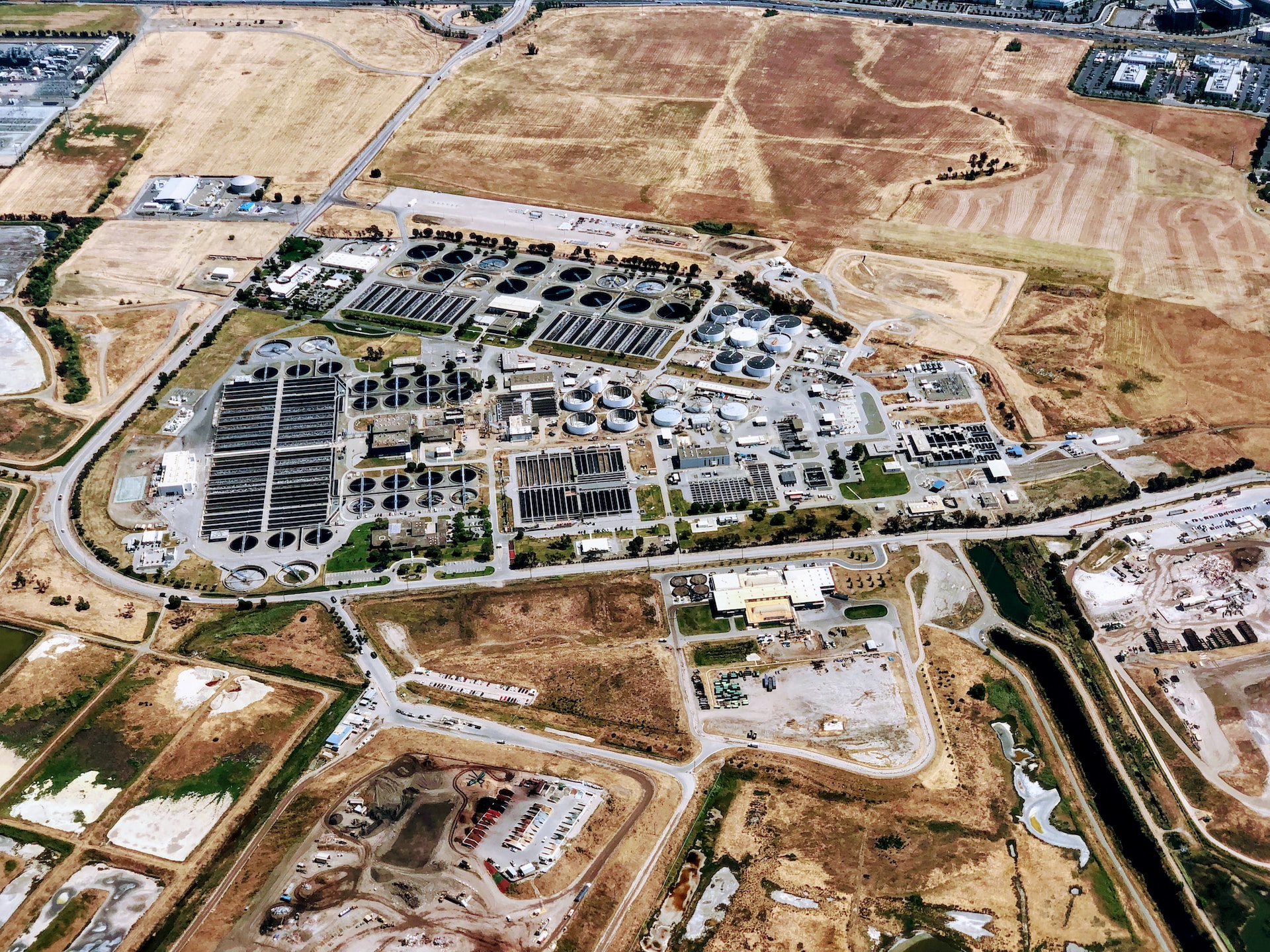Introduction: Sewage water, often out of sight and out of mind, is a critical issue that impacts both our environment and public health. Sewage water treatment plants, also known as wastewater treatment facilities, are the unsung heroes that tackle this challenge head-on. In this comprehensive guide, we will delve into the world of sewage water plants, exploring their functions, technologies, and the vital role they play in our lives. From turning waste into a resource to protecting our ecosystems, sewage water plants are at the forefront of environmental sustainability.
Bokawater specializes in reverse osmosis equipment, sewage water systems, ultrafiltration equipment, EDI electric desalination systems, seawater desalination machines, brackish water desalination machines, water filling machines, and water treatment accessories like water filters, water softeners, stainless steel tank and membrane shell, UV Sterilizer, and ozone generator, etc.
Sewage Water Plant: The Basics
Sewage water plants are specialized facilities designed to treat and purify wastewater from various sources, such as households, industries, and commercial establishments. These plants ensure that harmful pollutants are removed from sewage water before it is safely returned to the environment or reused for other purposes.
Why Sewage Water Treatment Matters
Sewage water treatment serves several crucial purposes, including:
- Protecting Public Health: By removing harmful bacteria and contaminants, sewage water treatment prevents the spread of diseases and safeguards public health.
- Preserving the Environment: Treating sewage water before releasing it into natural water bodies helps protect aquatic ecosystems and maintain water quality.
- Resource Recovery: Sewage water plants extract valuable resources like energy and nutrients from wastewater, contributing to sustainability.
- Meeting Regulatory Standards: Compliance with environmental regulations ensures responsible wastewater management.
How Sewage Water Plants Work
Sewage water treatment is a multi-stage process that employs a combination of physical, chemical, and biological methods to purify wastewater. Let’s explore the key stages of this intricate process.
1. Screening and Primary Treatment
The journey begins with screening, where large debris and objects are removed from the sewage water. Next is the primary treatment, during which the water is allowed to settle, allowing solids to sink to the bottom. This primary stage removes a significant portion of contaminants.
2. Secondary Treatment
In the secondary treatment phase, microorganisms are introduced to break down organic matter further. This biological process is highly effective in reducing the organic load in sewage water.
3. Tertiary Treatment
Some sewage water plants include a tertiary treatment stage, which employs advanced filtration methods, like sand or activated carbon, to remove remaining impurities. This stage ensures that the treated water is of the highest quality.
4. Disinfection
Before the treated water is discharged or reused, it undergoes disinfection to eliminate any remaining pathogens. Common disinfection methods include chlorination or ultraviolet (UV) treatment.
Innovations in Sewage Water Treatment
Sewage water treatment is continually evolving, thanks to innovative technologies and sustainable practices. Here are some noteworthy advancements:
1. Anaerobic Digestion
Anaerobic digestion is a process that converts organic matter in sewage water into biogas, a renewable energy source. This not only reduces waste but also generates clean energy.
2. Membrane Bioreactors
Membrane bioreactors use specialized membranes to separate solids from liquid in sewage water. This method is highly efficient and produces high-quality treated water.
3. Reclaimed Water for Irrigation
Many sewage water plants now produce reclaimed water suitable for non-potable purposes, such as landscape irrigation. This conserves freshwater resources.
4. Smart Monitoring
Advanced sensors and data analytics allow sewage water plants to monitor and optimize their processes in real-time, reducing energy consumption and costs.
Benefits of Sewage Water Plants
Sewage water plants offer a multitude of benefits that extend beyond just treating wastewater. Here are some key advantages:
- Environmental Conservation: By removing pollutants, sewage water plants protect aquatic ecosystems and ensure the long-term health of water bodies.
- Resource Recovery: The recovery of biogas and nutrients from sewage water contributes to renewable energy production and sustainable agriculture.
- Public Health Protection: Proper sewage water treatment prevents waterborne diseases and ensures safe drinking water sources.
- Reduced Water Stress: Reclaimed water from sewage treatment can ease the strain on freshwater resources, especially in arid regions.
Sewage Water Plant: Frequently Asked Questions
How do sewage water plants benefit the environment?
Sewage water plants benefit the environment by removing pollutants from wastewater, preventing water contamination, and promoting the health of aquatic ecosystems.
Can sewage water treatment plants generate electricity?
Yes, many sewage water treatment plants utilize anaerobic digestion to produce biogas, a renewable energy source used for electricity generation.
Is the water treated in sewage plants safe for consumption?
The primary purpose of sewage water treatment is to ensure the safe disposal or reuse of water. However, treated water may not always meet drinking water standards without further purification.
How can sewage water treatment contribute to sustainable agriculture?
Sewage water plants recover valuable nutrients like nitrogen and phosphorus from wastewater, which can be used as fertilizers in agriculture, reducing the need for synthetic fertilizers.
Do sewage water plants impact property values?
Proximity to a well-maintained sewage water treatment plant can positively affect property values, as it indicates responsible wastewater management and reduced environmental risks.
What is the future of sewage water treatment?
The future of sewage water treatment lies in sustainable practices, smart technologies, and increased emphasis on resource recovery and environmental protection.
Conclusion
Sewage water plants are unsung champions in our quest for environmental sustainability and public health. They transform a seemingly unpleasant problem into an opportunity to conserve resources, protect our ecosystems, and promote cleaner, healthier communities. As we move forward, innovations and advancements in sewage water treatment will continue to reshape the landscape of wastewater management, offering a brighter, more sustainable future for us all. So, the next time you turn on the tap or flush the toilet, remember the incredible journey that sewage water takes through these remarkable treatment plants, making our world a better place, one drop at a time.




